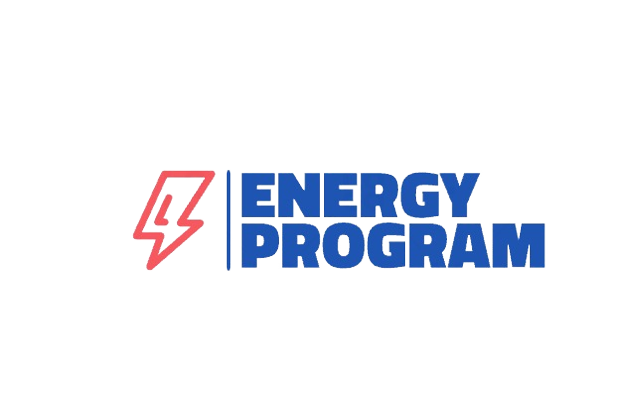Oversizing HVAC systems is a common issue in residential and commercial installations that can have significant repercussions, especially when it comes to energy efficiency and compliance with programs like the Victorian Energy Upgrades (VEU). While it might seem intuitive to install a larger HVAC unit for improved performance, this practice can lead to inefficiencies, increased costs, and even non-compliance with energy efficiency guidelines. Here, we explore the implications of oversizing HVAC systems within the VEU program and why it's essential to get the sizing right.

1. What is HVAC Oversizing?
Oversizing occurs when an HVAC system—whether it’s for heating, cooling, or both—is larger than necessary for the space it serves. A properly sized system should efficiently meet the demand without overcompensating for it. However, many property owners and even some installers mistakenly believe that "bigger is better," leading to the installation of systems that exceed the actual needs of the property.
2. Energy Inefficiency
One of the key goals of the VEU program is to reduce energy consumption by incentivizing energy-efficient upgrades. However, an oversized HVAC system directly contradicts this objective. Larger systems use more energy to start up and run, even when the space doesn't require it. This results in:
- Short Cycling: Oversized systems cool or heat the area too quickly, leading to frequent on-and-off cycling. This not only wastes energy but also puts extra wear and tear on the system, reducing its lifespan.
- Inefficient Operation: Since the system doesn’t run for long enough, it may not properly dehumidify the air in cooling mode or circulate warm air effectively in heating mode. This leaves the occupants uncomfortable, potentially prompting more adjustments to the thermostat and further energy wastage.
3. Non-Compliance with the VEU Program
The VEU program rewards the installation of energy-efficient appliances and systems, offering rebates based on the energy savings achieved. However, an oversized HVAC unit can negatively impact these calculations. Since the rebate is tied to the energy savings resulting from the upgrade, a system that uses more energy than necessary could reduce or even nullify the benefits offered by the program.
Non-compliance with VEU guidelines not only means missing out on rebates but can also lead to further scrutiny from regulatory bodies, as energy consumption will exceed the expected baseline.
4. Increased Costs for Consumers
An oversized HVAC system not only consumes more energy but also costs more to install and maintain. Consumers who opt for oversized systems may face:
- Higher Installation Costs: Larger units are generally more expensive, and installing them can involve more labor, especially if structural modifications are required.
- Maintenance and Repair Costs: As mentioned earlier, short cycling puts extra strain on the system, leading to more frequent maintenance and potential repairs. Over time, this increases the total cost of ownership.
- Increased Utility Bills: With higher energy consumption comes higher electricity bills. Consumers may find themselves paying significantly more in utility costs than if they had installed a right-sized system.
5. Impact on Comfort and Indoor Air Quality
Comfort is one of the primary reasons why people invest in HVAC systems, but an oversized unit often fails to deliver. Because the system turns on and off frequently, it doesn’t have time to properly distribute air throughout the space. In cooling mode, this can result in uneven temperatures and poor dehumidification, leading to discomfort. In heating mode, some areas of the property may remain cold.
Additionally, the poor air circulation that comes with short cycling can reduce indoor air quality. Proper air filtration depends on consistent airflow, which an oversized system cannot provide.
6. Getting the Right Size for VEU Compliance
Ensuring that the HVAC system is properly sized is crucial for both compliance with the VEU program and achieving energy efficiency. Installers should always conduct a thorough load calculation before recommending or installing a system. This calculation takes into account factors such as:
- Building size and layout
- Insulation levels
- Number of occupants
- Local climate conditions
By considering these factors, installers can recommend the correct system size, ensuring that it operates efficiently and in compliance with VEU requirements.
7. How VEU Helps Promote Proper Sizing
The VEU program encourages energy-efficient installations through a rebate system based on the energy savings achieved. When HVAC systems are sized correctly, they not only reduce energy consumption but also maximize the rebates available under the program. This makes it essential for both installers and consumers to focus on getting the right-sized system rather than opting for an oversized one.
Consumer FactSheet
The ESC provides recommended sizing guidelines in the Space Heating & Cooling Factsheet, which all Service Providers are required to deliver to customers prior to any upgrades. Service Providers must also ensure that customers fully understand these sizing requirements before proceeding with the installation.

